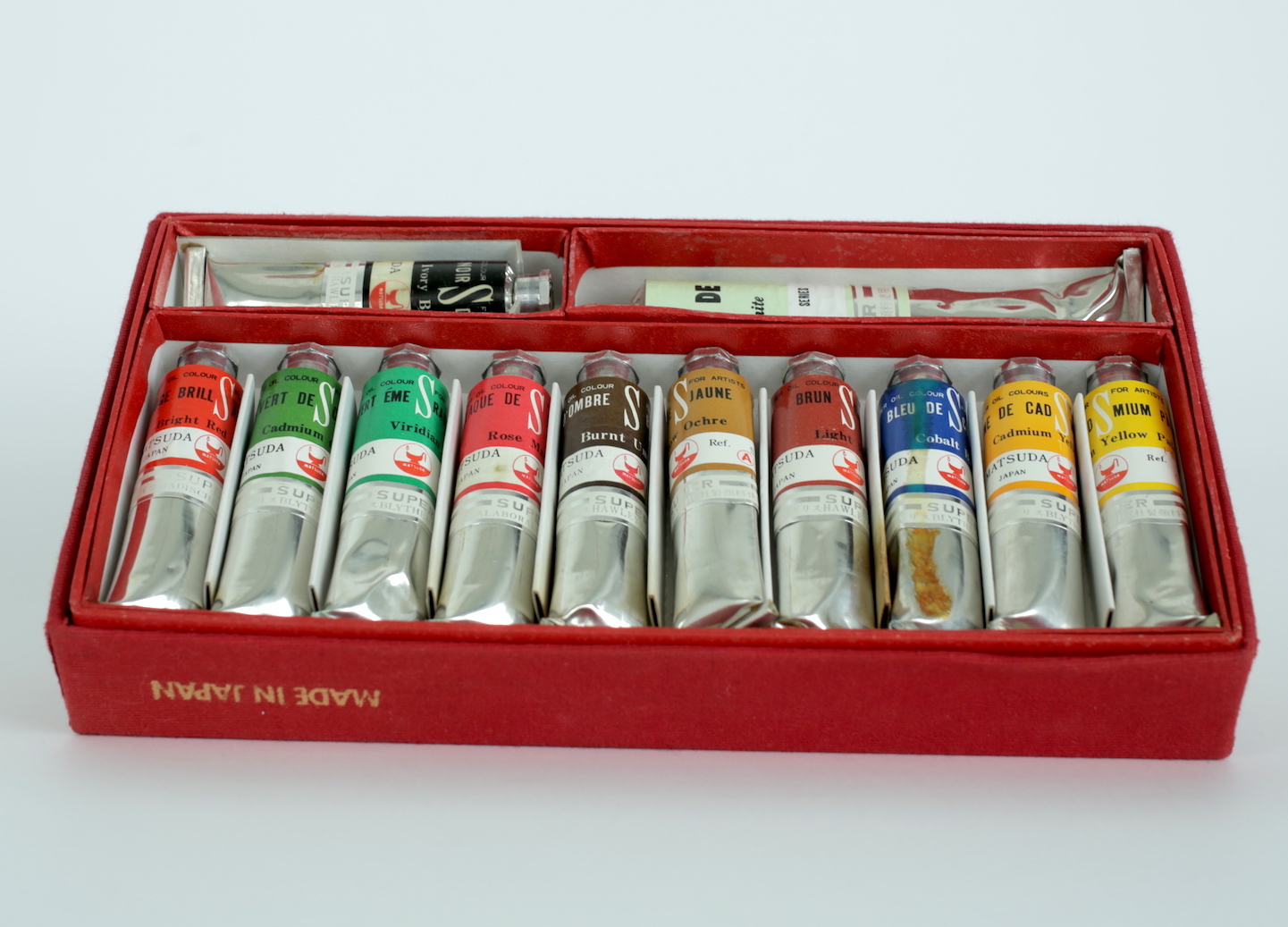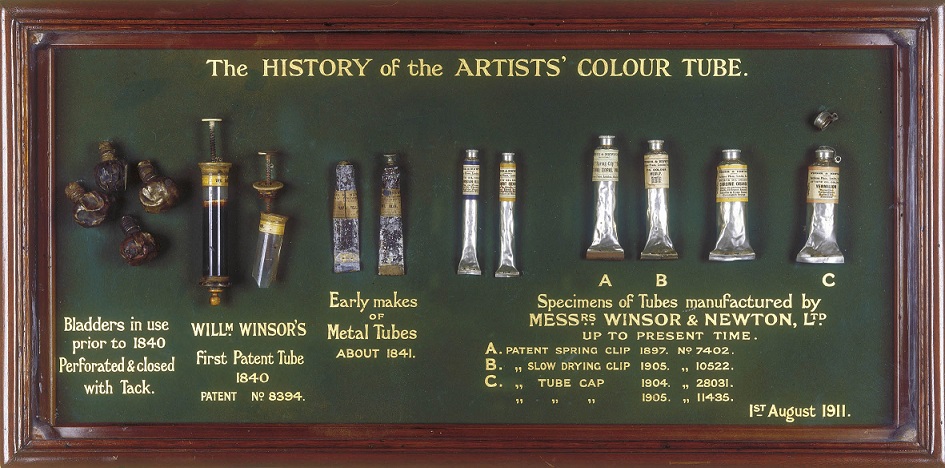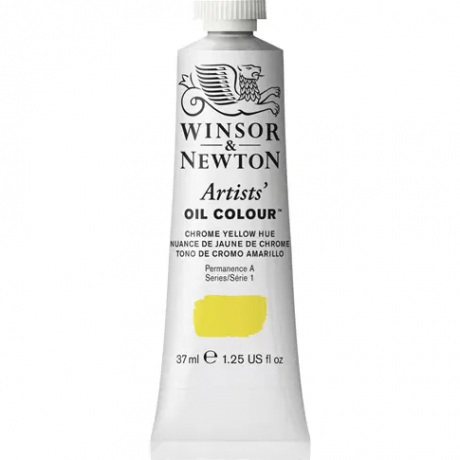
For hundreds of years transporting oil paint was a laborious affair. The original solution was to move them around in animal bladders, which were fastened with string and punctured when the paint was required, but this was far from perfect. The bladders were not air-tight, so the paint often dried up quickly, and they were easily spilled. As a result, the possibilities of painting en plein air were severely limited until the advent of the revolutionary tin paint tube, patented by portraitist John G Rand in 1841.
“Without tubes of paint, there would have been no Impressionism”
Though glass syringes had already been marketed as portable vessels, Rand’s collapsible and resilient tin version was much more convenient. It also offered artists the opportunity to do away with the time-consuming and messy process of preparing their own pigments, and instead use pre-mixed versions (something that has remained popular with many contemporary artists, such as Amanda Ba
). The initial invention was quickly improved upon by both Winsor & Newton and Rand, with innovative enclosures such as slow-drying clips and screw caps swiftly becoming commonplace.

The Winsor & Newton paint tube, 1840-1911
Unsurprisingly, the arrival of the paint tube has become synonymous with the vibrant canvases of Impressionists such as Pissarro, Monet and Renoir, who often used the innovation to paint entire works in situ, as opposed to in the studio. According to Renoir: “Without tubes of paint, there would have been no Impressionism.”
More recently, the tube has become a go-to for oil, watercolour and acrylic alike, and has even become an artistic tool in and of itself. For example, both Joan Miró and Patrick Heron were known to apply paint directly from the tube to their surfaces to create dynamic, sweeping lines.






